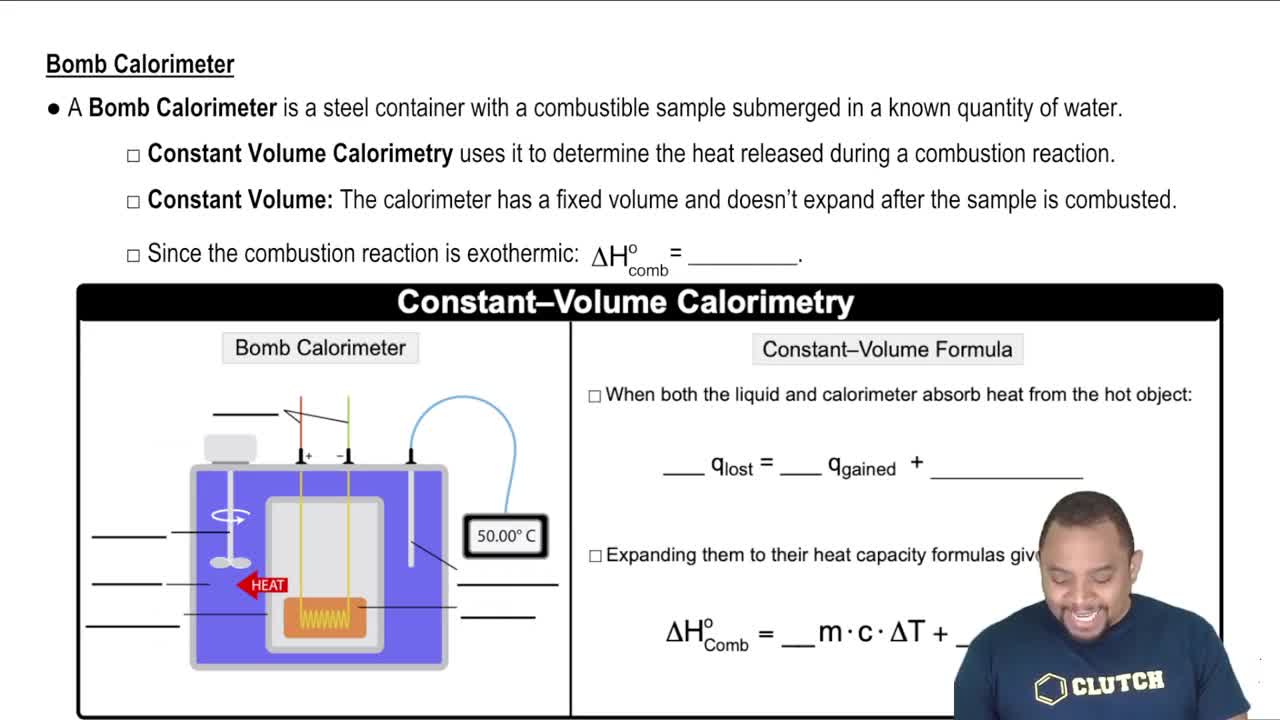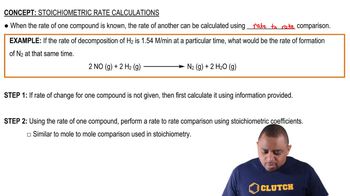A 30.0-cm-long cylindrical plastic tube, sealed at one end, is filled with acetic acid. The mass of acetic acid needed to fill the tube is found to be 89.24 g. The density of acetic acid is 1.05 g/mL. Calculate the inner diameter of the tube in centimeters.
 Verified step by step guidance
Verified step by step guidanceKey Concepts
Density

Volume of a Cylinder

Diameter Calculation

Gold is alloyed (mixed) with other metals to increase its hardness in making jewelry. (a) Consider a piece of gold jewelry that weighs 9.85 g and has a volume of 0.675 cm3. The jewelry contains only gold and silver, which have densities of 19.3 and 10.5 g/cm3, respectively. If the total volume of the jewelry is the sum of the volumes of the gold and silver that it contains, calculate the percentage of gold (by mass) in the jewelry. (b) The relative amount of gold in an alloy is commonly expressed in units of carats. Pure gold is 24 carat, and the percentage of gold in an alloy is given as a percentage of this value. For example, an alloy that is 50% gold is 12 carat. State the purity of the gold jewelry in carats.
Judge the following statements as true or false. If you believe a statement to be false, provide a corrected version. (a) Air and water are both elements.
